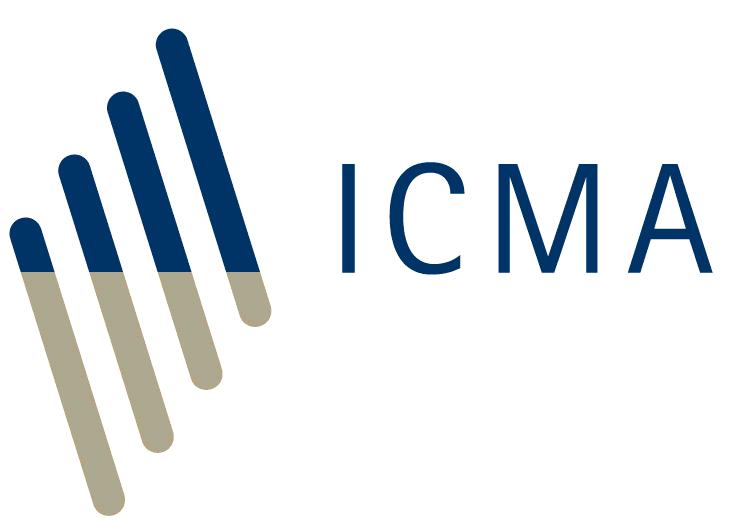Traditionally, the principal users of repo on the sellers’ side of the market have been securities market intermediaries (market-makers and other securities dealers in firms called ‘broker-dealers’ or ‘investment banks’) and leveraged and other bond investors seeking funding. On the buyers’ side, the principal traditional users have been cash investors seeking secure short-term investments, many of whom are highly risk-averse. These include large commercial banks, central banks investing foreign currency reserves, international financial institutions, money market mutual funds, agents investing cash collateral received by their securities lending clients, asset managers with temporary cash surpluses and the treasuries of large non-financial corporates and of financial market infrastructures such as central counterparties (CCPs) and central security depositories (CSDs). Since the Great Financial Crisis, because of generally higher risk aversion and regulatory pressure, repo has reportedly been attracting smaller commercial banks, as well as a greater number of non-bank financials such as sovereign wealth funds.
Most central banks rely on the repo market as the main channel for the transmission of monetary policy to the wider financial market and to provide emergency assistance to the banking system.
Back to Frequently Asked Questions on Repo contents page
<<< Previous page Next page >>>







